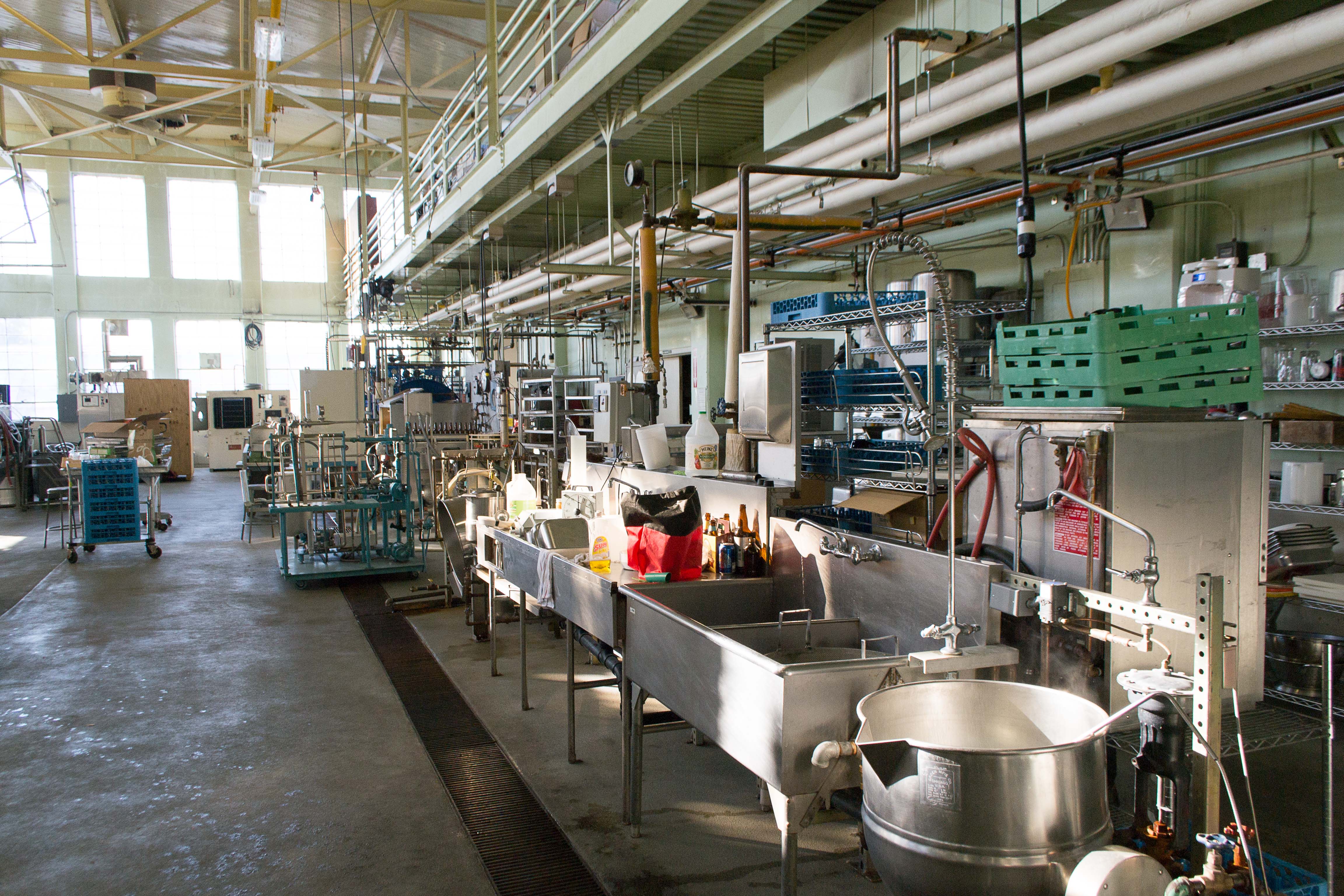
Photo from academic.microsoft.com
Consumption safety of Solanum scabrum berries is controversial in different cultural practices and evaluation of the toxicity as well as micronutrition value relies on relevant phytochemical study. Thus, this study… Click to show full abstract
Consumption safety of Solanum scabrum berries is controversial in different cultural practices and evaluation of the toxicity as well as micronutrition value relies on relevant phytochemical study. Thus, this study aimed to systematically profile the phytochemicals in the berries from different genetic sources and maturity. Using a combination of three different and complementary methods of HPLC-UV/Vis-MS or MS/MS with acid-assisted hydrolysis, a total of 54 phytochemicals were identified including polyphenols, saponins and toxic glycoalkaloids. Particularly, a broad range of glycoalkaloids of solasodine and its uncommon or potentially novel hydroxylated and methylated derivatives were reported, with the structure putatively identified based on the known scaffold-fragmentation pattern. Other identified phytochemicals included phenolic acids of chlorogenic acid and neochlorogenic acid, flavonol glycosides of quercetin and isorhamnetin, anthocyanins of petunidin, malvidin and delphinidin, and saponins of diosgenin and tigogenin. PRACTICAL APPLICATION: This study provides solutions for identifying the phytochemicals of S. scabrum berries, and unveiled for the first time a wide range of toxic glycoalkaloids of solasodine and analogues in the berries from different genetic sources and maturation stages. This work laid the foundation for prospective quantitative determination of berry phytochemicals and future toxicity and nutrition evaluation, and could also apply to facilitate screening or breeding for glycoalkaloid-deficient genotypes that can be used as new food supply.
Journal Title: Journal of food science
Year Published: 2019
Link to full text (if available)
Share on Social Media: Sign Up to like & get
recommendations!